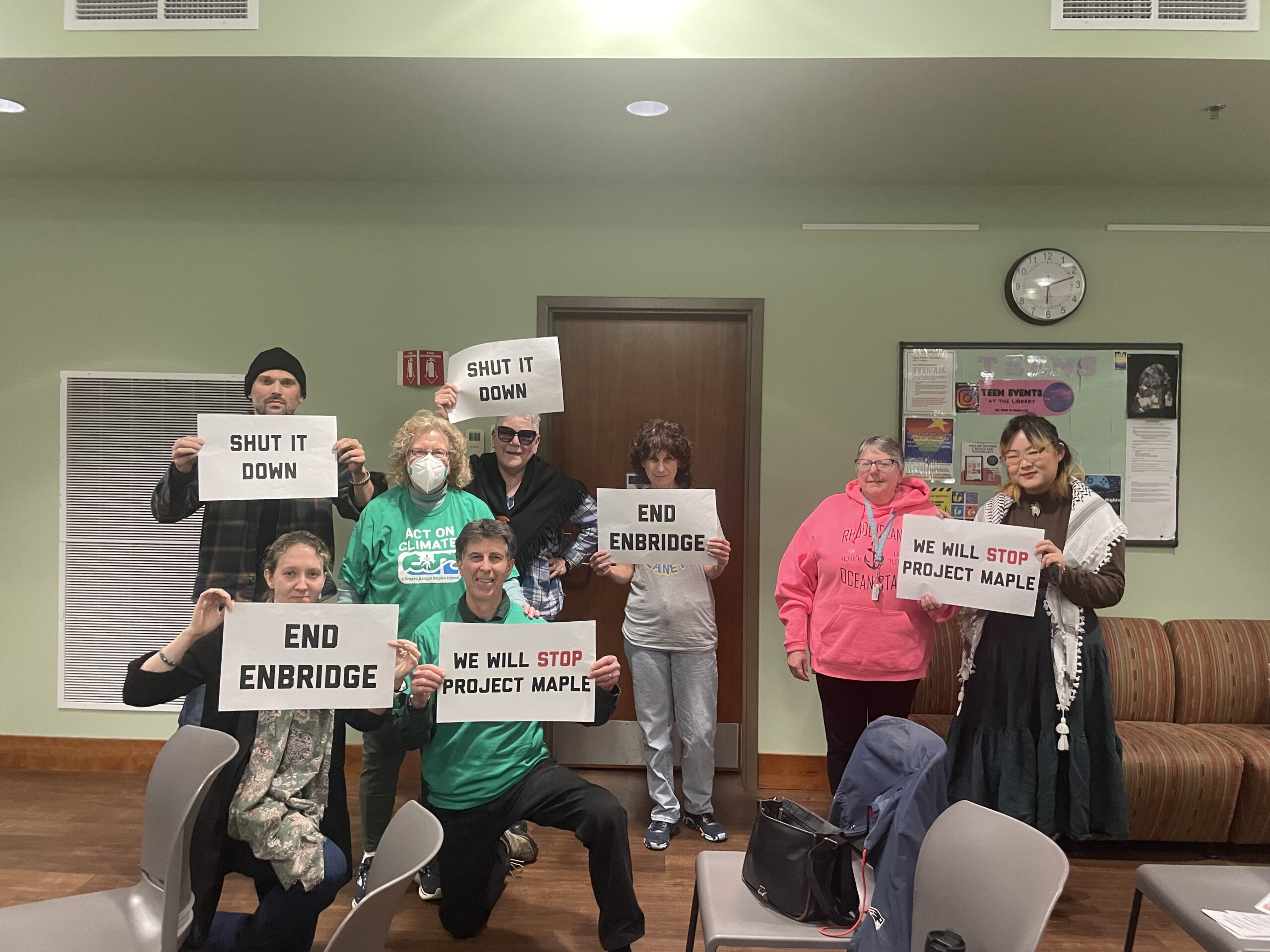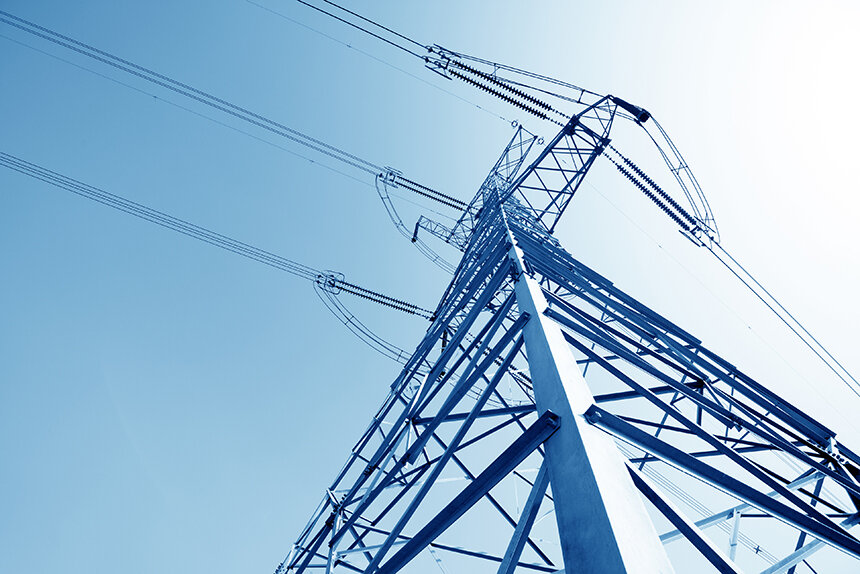Nuclear Reactor at URI Showing its Age
December 26, 2011
NARRAGANSETT, R.I. — For a state so small, you would think it would be common knowledge that a nuclear reactor sits in the middle of a public university.
But even at the University of Rhode Island’s Narragansett Bay campus, some students aren’t aware that the white, cement, box-shaped building is an atomic research facility, officially named the Rhode Island Nuclear Science Center.
Steve Scemitz, a junior studying communication, hadn’t heard in his three years at URI that a building he can walk up to and touch houses a nuclear reactor. “People aren’t aware of it,” he said.
Other students, such as first-year undergraduate Ashley McNeill, sees no reason to worry. “I’m glad that it’s there,” said the chemistry major as she walked into a science lab class next to the reactor. “I think nuclear studies are important.” Fear about nuclear disasters, she added, is “due to ignorance.” Nuclear submarines have been running for decades on small reactors without a problem, she said. “The more we can know and use to our benefit the better.”
The current director of the facility, Terry Tehan, a former commander of a Navy nuclear submarine, said the nuclear research center poses little risk to the public. The recent incident of radiation exposure to an undergraduate student caused less harm than a chest X-ray, he said.
Tehan has spent 19 years at the Rhode Island Nuclear Science Center. The facility was one of many built at universities in the early 1960s as part of a federal nuclear research program launched by President Eisenhower.
The URI reactor is tiny at 2 megawatts, compared to Pilgram Nuclear Generating Station in Plymouth, Mass., at 655 mw, or the 2020-mw Millstone plant in Waterford, Conn.
The facility is run as a quasi-state agency overseen by the Atomic Energy Commission. At its monthly board meeting Dec. 14, the commission elected to increase safety measures to prevent future accidental exposures.
The agency nor URI will release the name of the student involved the recent incident, citing health privacy issues.
Tehan does offer tours of the reactor for high-school science classes, but since the terrorist attack of Sept. 11, 2001, photography inside the building is prohibited. The media also isn’t allowed to tour or photograph the reactor.
The reactor is a valuable academic asset used by URI students and the global science community to perform research in physics, biology, engineering and chemistry, Tehan said. In recent years, the center has helped grow a nuclear science program at URI. Graduates are finding jobs that pay $70,000 salaries, he noted. Employees at the reactor are regularly hired at nuclear power plants that pay $240,000 salaries.
It costs the state less than $1 million annually to run the facility, according to Tehan. The research it facilitates and job training it creates make it a smart investment, he said.
Robert Weygand, URI’s director of administration and finance, said the facility is an important resource to the school and the scientific community. “Without it, a number of academic researchers would be at a loss,” he said.
However, there are detractors. Since 1990, former state representative Ray Rickman has studied the atomic program and urged the state and federal atomic energy agencies to decommission the reactor. Regardless of the relatively small amount of nuclear material the reactor contains, it still has enough toxic material to pollute nearby Narragansett Bay and cause radiation sickness, according to Rickman.
“My answer is all nuclear reactors are dangerous just by the nature of their existence,” he said.
The radiation exposure of a student is an example of the long-term unknown dangers with nuclear energy, Rickman said, as side effects can take years to surface. Other health risks arise from the reactor’s potential to contaminate the bay, which sits a few hundred feet from the research center. A meltdown also threatens soil and drinking water, in addition to airborne toxic dangers, Rickman has warned.
More attention also needs to be paid to the eventual closure of the facility, Rickman said. Only a handful of the Eisenhower reactors are still operating, as most have closed after reaching their expected life span. Perhaps as a sign of its age, cracks in the foundation of the facility are being monitored.
Rickman estimated that closing the URI reactor will cost about $30 million. All told, he said, the reactor is an issue that the state and public overlook.
“I find it to be a boondoggle beyond belief, and it’s in our face,” he said.
Tehan said to keep the aging facility operational and safe, equipment is replaced regularly. Radiation levels are low enough to allow much of contamination to dissipate quickly. Most equipment can simply be washed and reused or sent to the landfill after it sits in a protected bunker for a short period. The amount of highly toxic nuclear waste created each year is much less than toxic gases Tehan regularly measures. From the Rhode Island Nuclear Science Center, he often measures high levels of uranium in the wind blowing down the bay from the Brayton Point coal-fired power plant in Somerset, Mass.
Security and safety measures, he explained, have made the facility “like a fort” since 9/11 when security cameras and concrete barriers were installed. However, any pedestrian or vehicle has few if any impediments to approaching the building or gaining entry through the main entrance.
The risk of leaks from an earthquake or natural disaster is low, Teehan said. The nuclear fuel is “self-protected” in 30 feet of water and doesn’t produce the heat and energy of nuclear power plants where disasters have occurred. The reactor is also far from a fault line. Nevertheless, the state Atomic Energy Commission is reviewing its emergency planning procedures for earthquake and Tsunami preparedness. Anyone attempting to steal the nuclear material, Tehan said, would die from exposure.
Considering all the alternatives to nuclear energy, Tehan said, the Rhode Island Nuclear Science Center is worth the risks. Besides, he said, “There’s no free lunch.”
Categories
Join the Discussion
View CommentsRelated Stories
Your support keeps our reporters on the environmental beat.
Reader support is at the core of our nonprofit news model. Together, we can keep the environment in the headlines.
We use cookies to improve your experience and deliver personalized content. View Cookie Settings



